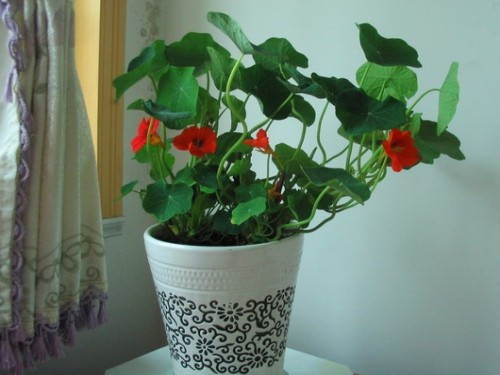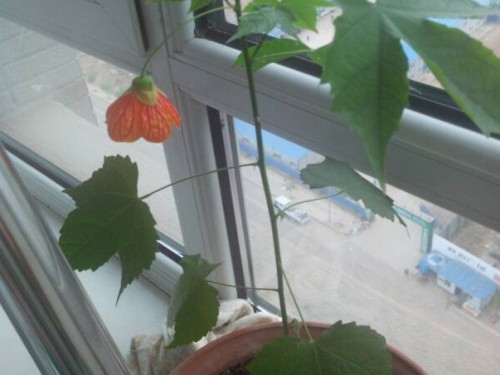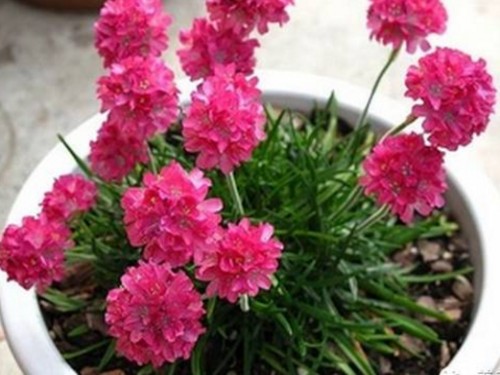Culture method of potted Trollius chinensis
Dry lotus, also known as golden lotus, money lotus, originated in South America, sexual warmth, humid, avoid high temperature and heat in summer. After soaking the seeds in room temperature water for 1 day, the seeds will germinate in 3 days and then plant in the soil. After 3-5 days, the seeds will break out. In order to promote flowering, you can pick the heart and leave 4 large leaves. The application of compound overwintering fertilizer at the end of autumn is beneficial to cold resistance and growth in the coming year.

Nelumbo nucifera, also known as Golden Lotus, Nelumbo nucifera herb, semi-trailing, can be clinging to growth, 2012 or perennial. The leaves are fat and the flowers are beautiful, with orange, creamy yellow, purple and so on. The lotus flowers are in full bloom like colorful butterflies, which are very beautiful and moving. Next, let's take a look at the breeding methods of Clematis paniculata.
1. Soil
Potted lotus like the soil which is easy to drain, adequate nutrients, conducive to root respiration, afraid of waterlogging, can not accumulate water. Potted soil can be mixed with garden soil, rotten leaf soil, compost soil and sandy soil according to the ratio of 4-4-4-1-1-1.
2. Lighting
Hanjinlianxi needs enough light to be exposed to direct sunlight in summer. it is placed in a cool and well-ventilated place. North China is put indoors in mid-October where the sun can shine. The dry lotus will grow with the light, and the plant should be turned constantly to receive uniform light.
3. Temperature
The most suitable temperature is 18-24 ℃, afraid of high temperature, it is difficult to blossom if the temperature is too high in summer, and slow down or stop growing when it is higher than 35 ℃. Golden lotus is not resistant to cold, 0 ℃ can only survive in a short time, and the winter temperature should be higher than 10 ℃ to facilitate overwintering. When the winter temperature is controlled at 12-16 ℃ and suitable fertilizer and water, the growth of Clematis can be maintained.
4. Watering
Golden lotus likes to be wet because it is not resistant to waterlogging, and the soil moisture should be controlled at 50%. It should be watered less many times during the growth period. It should be watered every 1-2 days in spring and autumn, once every day in summer, and spray water on its leaves in the evening. Reduce the watering times at the flower bud stage and increase the amount as appropriate.
5. Fertilization
During the growing period, 20% rotten bean cake water can be applied once a month; 0.5% superphosphate or rotten chicken and duck dung water can be applied every half a month during flowering period, and 30% mature bean cake water can be applied once after flowering. Golden lotus does not need to apply fertilizer in summer, and a compound overwintering fertilizer is applied at the end of autumn, which is beneficial to cold resistance and growth in the coming year.
6. Diseases and insect pests
Golden lotus is rarely infected with diseases and insect pests, the disease generally has leaf moths, which will make the leaves roll up or fall off, in addition, there are aphids and whitefly, which can be controlled by spraying. Diseases generally include mosaic disease and ringspot disease, which can be sprayed with insecticides to control aphids, clean up surrounding weeds, pull up infected plants and burn them.
Note:
The nature likes the mild climate, does not bear the severe cold and heat. The suitable temperature is 18 to 24 degrees Celsius. Can bear short-term 0 ℃ like warm and humid, overwintering temperature above 10 ℃. It is not easy to blossom at high temperature in summer, and the growth is inhibited above 35 ℃. Sufficient light is needed in winter, spring and autumn, and hot sun exposure is avoided in pot planting in summer. Therefore, in the usual maintenance process, we have to manage according to its growth habits in order to get a beautiful pot of dry lotus.
Time: 2019-06-01 Click:
- Prev

Culture method of potted Platanus orientalis
Platanus orientalis, alias golden bell, bluebell, gorilla, lantern, palace lantern, chandelier, is an evergreen shrub of the genus Malvaceae, up to 1 meter high. Flowering is particularly drooping, bell-shaped, orange-yellow, with bright purplish red veins, stamens and style longer, protruding beyond the Corolla
- Next

Culture methods of potted Dianthus mandshurica
The cultivation of carnation plants is high and low, and it is widely used in horticulture. It can be used not only as potted plants, but also as flower beds, landscape arrangements and rock courtyards. It is a spring flowering plant, and its small plant shape is popular with people. During the flowering period, a large number of pink rose flowers bloom on compact plants. Bright colors
Related
- Fuxing push coffee new agricultural production and marketing class: lack of small-scale processing plants
- Jujube rice field leisure farm deep ploughing Yilan for five years to create a space for organic food and play
- Nongyu Farm-A trial of organic papaya for brave women with advanced technology
- Four points for attention in the prevention and control of diseases and insect pests of edible fungi
- How to add nutrient solution to Edible Fungi
- Is there any good way to control edible fungus mites?
- Open Inoculation Technology of Edible Fungi
- Is there any clever way to use fertilizer for edible fungus in winter?
- What agents are used to kill the pathogens of edible fungi in the mushroom shed?
- Rapid drying of Edible Fungi

